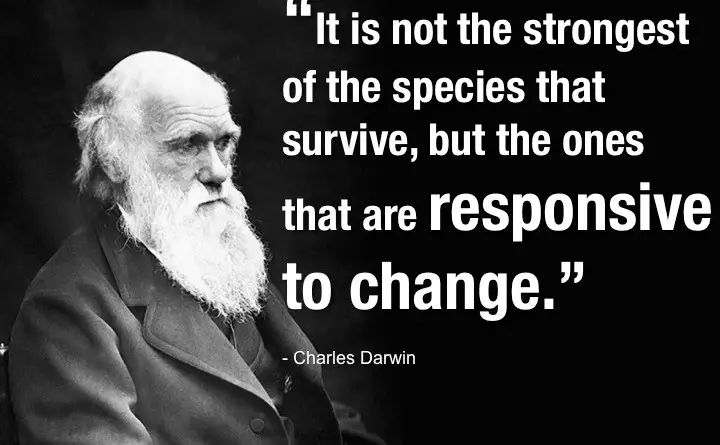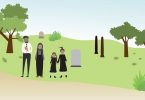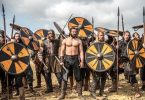| Charles Darwin made what might be the most important scientific discovery of all time |
| “the theory of evolution by natural selection”. |
| It was Darwin who first understood how it was that plants and animals evolved over time |
| to produce new and different species. |
| At first, this theory faced much opposition, |
| but since that time it has been supported by evidence from many areas of science. |
| Darwin was born in a small town in England in 1809. |
| When he was a young man, he went to university, |
| first to study medicine, and later to study religion. |
| However, Darwin found his schoolwork to be very boring. |
| Instead, he preferred outdoor activities and was very interested in nature. |
| While Darwin was at university, |
| the British navy was planning to send one of its ships, called the Beagle, on a voyage of exploration. |
| As part of this voyage, the ship would need a naturalist, |
| who could study the various plants and animals that might be found. |
| Darwin was recommended for this job by one of his professors, who had been impressed by Darwin. |
| Darwin was chosen as the naturalist of the Beagle, |
| and the ship left England in 1831. |
| The ship’s voyage took Darwin around the world, |
| and he observed many species of plants and animals on his trip. |
| In one place near South America, known as the Galapagos Islands, |
| Darwin observed many unusual species of birds. |
| Several of these birds seemed closely related to each other, but they differed in interesting ways. |
| For example, some birds had long beaks that could reach insects hidden in the bark of trees, |
| but other birds had thick beaks that could break open the shells of nuts. |
| What Darwin realized was that certain characteristics could help an animal or a plant to survive and reproduce. |
| Individuals that lacked those characteristics would become more likely to die without reproducing. |
| Over many generations, the useful characteristics would then become more and more common, |
| as the surviving individuals passed the characteristics on to their offspring. |
| Eventually, after many generations, |
| the changes would be so great that a new species would exist. |
| In this way, a single species could divide into two or more new ones. |
| This was called the “process of evolution by natural selection”. |
| When Darwin returned to England, he studied plants and animals in more detail. |
| After much research, he began writing a book about his theory of evolution by natural selection. |
| When the book, The Origin of Species, was published in 1859, |
| it was very popular and very controversial. |
| During the next twenty years, Darwin continued his scientific research, |
| and he wrote several more books. |
| By the time of his death, in 1882, |
| many biologists had realized that Darwin had made one of the most important scientific discoveries of all time. |
| For the first time, scientists could understand the origin of the many different species of plants and animals. |
More English listening lessons for intermediate level:
Lesson 38: Anne Sullivan and Helen Keller






Thank you for your sharing. I am worried that I lack creative ideas. It is your article that makes me full of hope. Thank you. But, I have a question, can you help me?